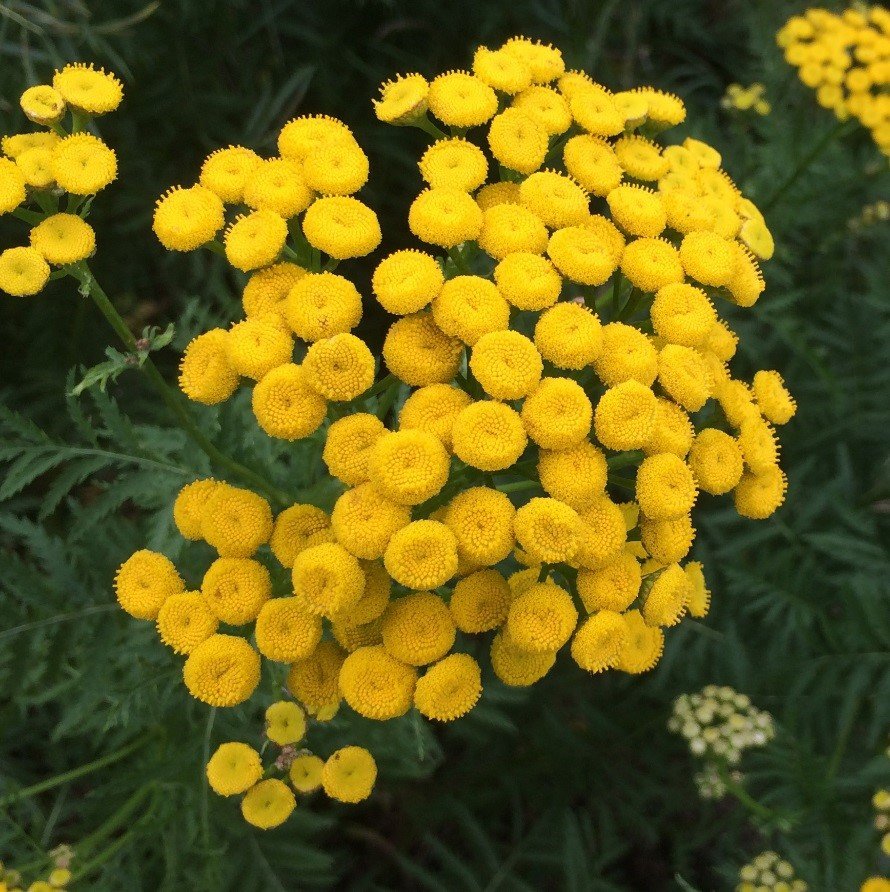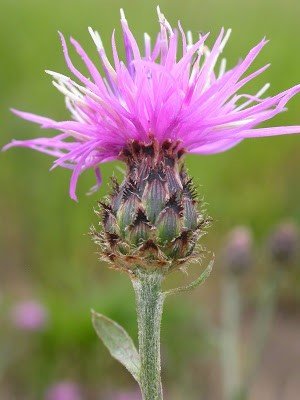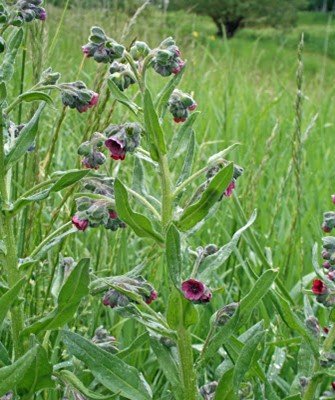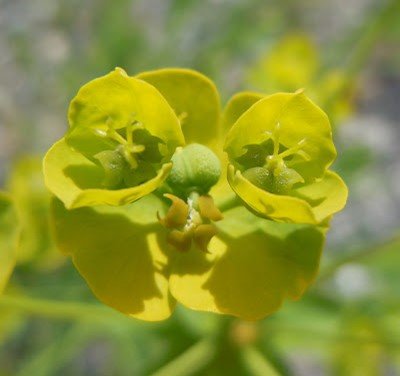A Legacy of Fences
/Figure 1. Pronghorn entangled in fence. Photo by Steve Primm (note: animal was alive and released).
Robert Frost observed that “Good fences make good neighbors” (Mending Wall).
FENCES & WILDLIFE
We live with fences. They define property, confine livestock, and keep our children and pets safe. They delineate public and private, and control trespass. Thousands upon thousands of miles of fence, mostly comprised of barbed wire, literally define the western United States, squaring up the landscape and turning space into place (See Open Range Box below).
For wildlife, fences are barriers to negotiate at best and lethal hazards at worst. Elk, deer, and pronghorn face fences on their daily movements to water and forage, and more fences on their seasonal migrations between summer and winter ranges. For grouse, swans, and other wildlife, fence lines are often undetected until they break wings and necks. When wildlife meet the wrong kind of fence, it results in injured or dead wildlife. It also translates into lost time and increased costs to the landowner as they are forced to mend broken fences. Robert Frost’s little known poem with the well-known line above, also contains the lines: Before I built a wall I’d ask to know/What I was walling in or walling out/And to whom I was like to give offense.
Fences, coupled with human development and loss of habitat, are a major challenge for the conservation and management of wildlife. Most wildlife are capable of negotiating a properly constructed and maintained fence. A poorly designed and maintained fence, however, is a problem fence. Problem fences typically share one or more traits:
too high to jump and/or too low to crawl under;
have loose wires and/or wires spaced too closely together;
are difficult for fleeing animals or birds to see;
create a complete barrier
A 2006 study by Utah State University examined wildlife mortality in northeastern Utah and northwestern Colorado along more than 600 miles of fences (Harrington and Conover 2006). They found an average of one ungulate tangled for every 2.5 miles of fence per year. Most animals died by getting caught in the top two wires while trying to jump a fence, and juveniles are eight times more likely to die in fences than adults. They also confirmed that woven-wire fence (aka “sheep fence”) topped with a single strand of barbed-wire was the most lethal fence type.
COOPERATION & ACTION
While there is a great deal more that can be said on wildlife-fence interactions, there is good news. State wildlife agencies, ranchers, conservation organizations, and others have joined forces to design and locate effective fences with wildlife in mind. Working together, ranchers and wildlife interests (commonly one and the same) have come up with new fence designs where top wires are low enough for adult animals to jump, bottom wires are high enough for wildlife to crawl under, and middle strand placement minimizes the chance of tangling (Figure 2). In practice these designs have been found to control cattle in most situations and allow for easier wildlife passage. They also prove more cost-effective to build and maintain as there is less need to repair.
Figure 2 (Paige 2012)
A top wire or rail preferably no more than 40" and a maximum of 42" above the ground;
At least 12" between the top two wires;
A bottom wire or rail at least 16" and preferably 18" above the ground;
Smooth wire or rail for the top, smooth wire on bottom;
Preferably, no vertical stays. If used, consider stiff plastic or composite stays, or regularly maintain wire stays that are easily bent;
Posts at 16.5-foot intervals;
Gates, drop-downs, or other passages where wildlife concentrate and cross.
The location of fences remains an important consideration, both for visibility and other landscape considerations, such as slope (Figure 3).
Figure 3 (Paige 2012)
For both wildlife and landowners alike, a policy that all new fence construction incorporate wildlife-friendly designs translates into less fence repair and less stress and injury to wildlife. Minimize the use of barbed wire (the main culprit of wildlife and livestock injury), and use alternative, such as smooth high-tensile wire where possible. In addition, in areas of high wildlife look to design crossing structures such as the take-down sections, crossing fences, or gates to allow easier passage of wildlife along well-travelled corridors. Just as importantly, on public and private lands we can work together to remove unwanted fencing.
OPEN RANGE
Cole Porter’s song “Don’t Fence Me In” (1934) could be retitled “Open Range.” Most of Montana, along with many other western states, still classify much of their land as open range, requiring landowners to “fence out” neighboring livestock. Additionally, a livestock owner is not liable for trespass or damage if a property is not adequately fenced. Montana’s open range law applies to cattle and horses while sheep, goats, and other livestock must be fenced in. Incorporated towns and subdivisions may create “herd districts,” closing their range and placing the responsibility for “fencing in” on the stock owner. In practice, many livestock operators fence their property and pastures to better manage their livestock and range resources. Where their pastures adjoin federal lands, livestock owners are also responsible for preventing their livestock from illegally trespassing on those lands (Mont. Code Ann. § 81-4-301).
Figure 4. Elk crossing fence at West Creek Ranch.
RESOURCES
Paige, C. 2012. A Landowner's. Guide to Wildlife Friendly Fences. Second Edition. Private Land. Technical Assistance Program, Montana Fish, Wildlife & Parks. http://fwp.mt.gov/fwpDoc.html?id=34461
Harrington, J.L., and M.R. Conover. 2006. Characteristics of ungulate behavior and mortality associated with wire fences. Wildlife Society Bulletin 34(5) 1295–1305.
Whitney Tilt- July 2017










